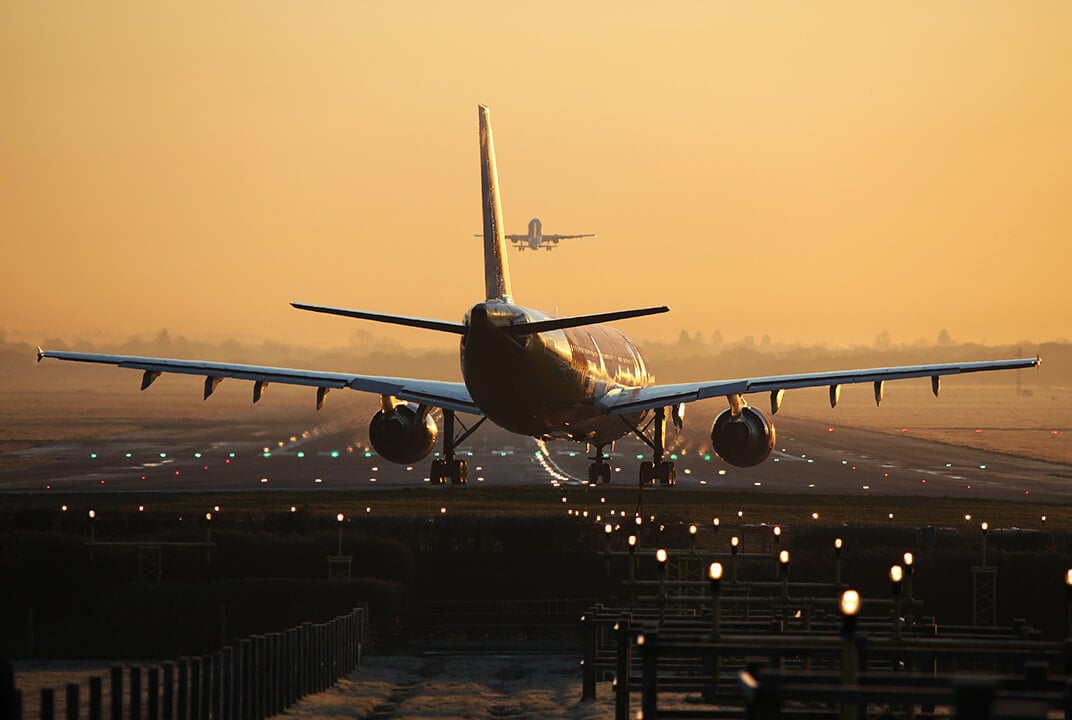Insight | Digital Now: Why the future of aviation starts with connectivity
Digital Now: Why the future of aviation starts with connectivity
Aviation
A new Cranfield University and Inmarsat report makes the case for digitalisation powering a new era for the aviation industry.
Change is constant. And in today’s hyper-accelerated world, change – much of it fuelled by digitalisation and our increasing reliance on digital technologies – has never been more pervasive. Trying to predict these changes, let alone attempt to keep pace with them, has often been a thankless task. But if there’s been one benefit (and that’s using the word loosely) from the events of the last two years, it’s that the global pandemic has afforded many industries an opportunity to at least pause for a moment, take stock and re-evaluate how a better world – a world defined by accelerating digital transformation – can be achieved.
Aviation – an industry hammered by the fallout from COVID-19 more than most – is certainly facing the future with a reset ethos powered by the potential of digitalisation. That’s the belief of a new paper by Cranfield University. Entitled Digital Now: Why the Future of Aviation Starts with Connectivity, the report, presented in partnership with Inmarsat, outlines how a ‘perfect storm’ of the pandemic and a heightened awareness of climate change, and what needs to be done to mitigate these affects, has caused aviation’s “key industry stakeholders, its customers, and governments across the globe to fundamentally reconsider their priorities and the sector’s future service offering.”
Central to this change is digital connectivity. In her foreword, Cranfield University’s Chief Executive and Vice-Chancellor Professor Karen Holford CBE FREng notes that technology can put aviation on a path “towards a brighter and more sustainable future.”
The report considers how digital connectivity “in all its forms, can enable and accelerate the rapidly changing needs of air travellers and of the aviation sector itself. It has identified specific challenges and opportunities that, if addressed, will have a direct effect on the sector’s resilience, its contribution to reducing climate change, and to new customer service offerings that will enhance passengers’ willingness to travel in the post-pandemic world.”
To download the full report, please click below.
The Cranfield-Inmarsat digital aviation roadmap
Over seven illuminating chapters, the report authors arrive at a Digital Connectivity Timeline. Whilst acknowledging that cycle times can vary – and are subject to change – across the industry, three adoption timelines that the authors believe will come to define the future of aviation are outlined.
- Within 5 years – Technologies and systems that are at advanced stages of development and in some cases are being piloted by organisations ahead of market adoption.
- 5 to 10 years – Technologies and systems that are under early development and have the potential to be trialled in some sectors.
- Beyond 10 years – Technology concepts that are under consideration for product or service offering development.


